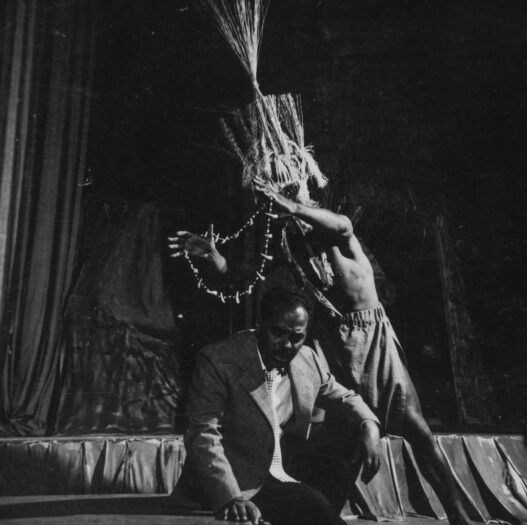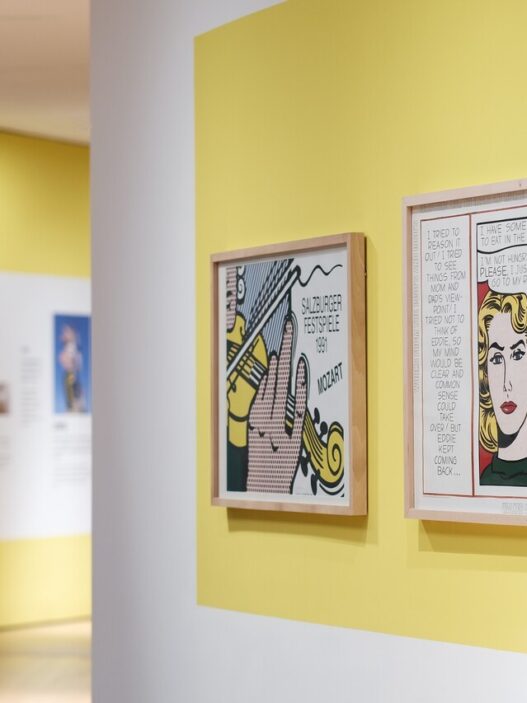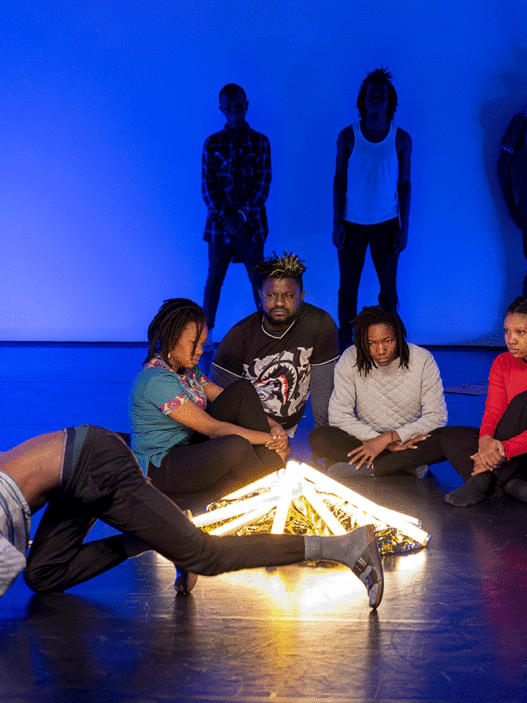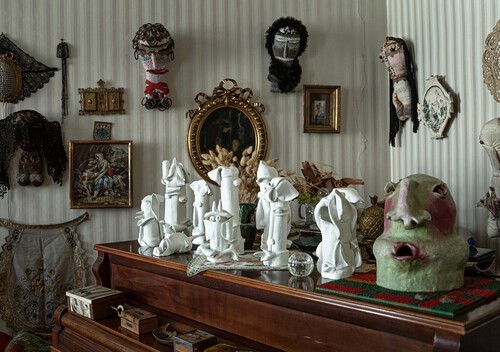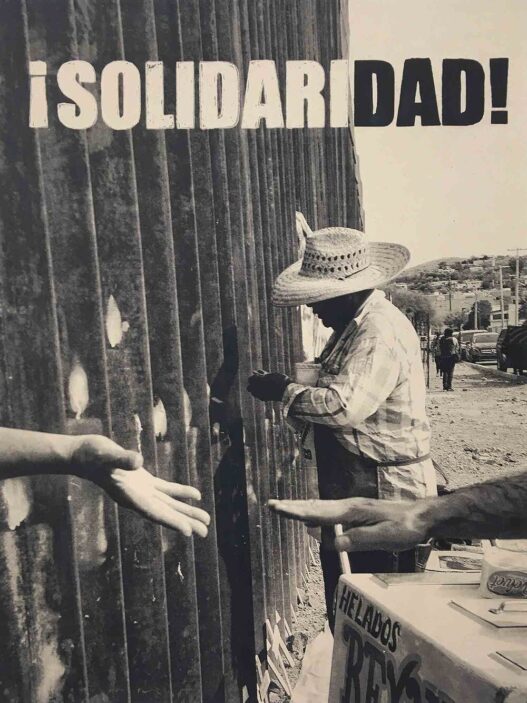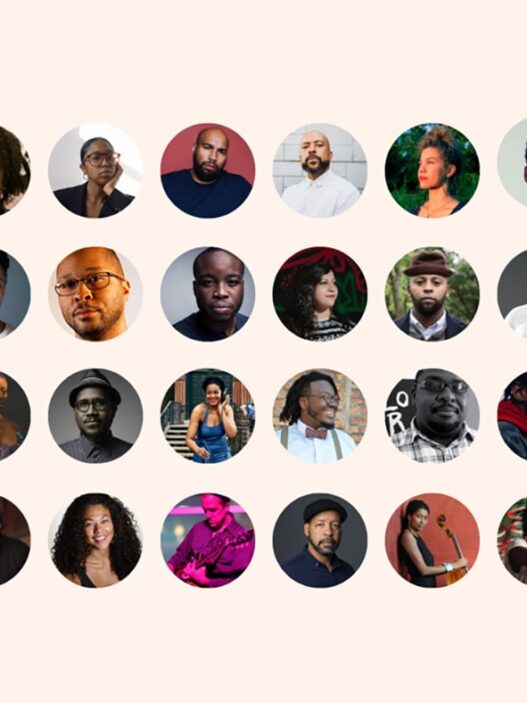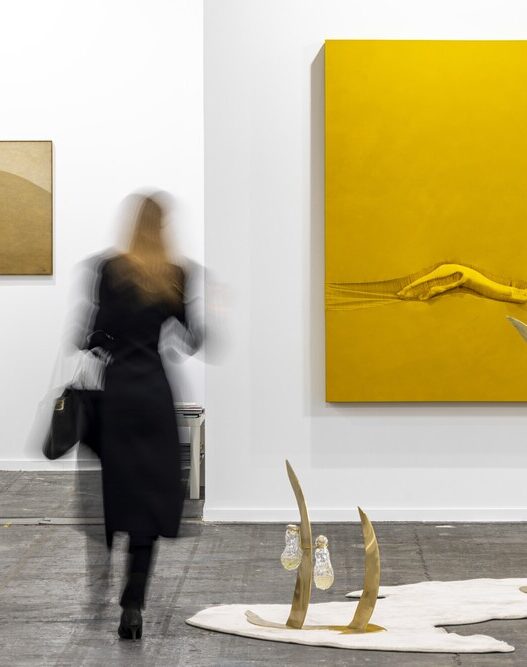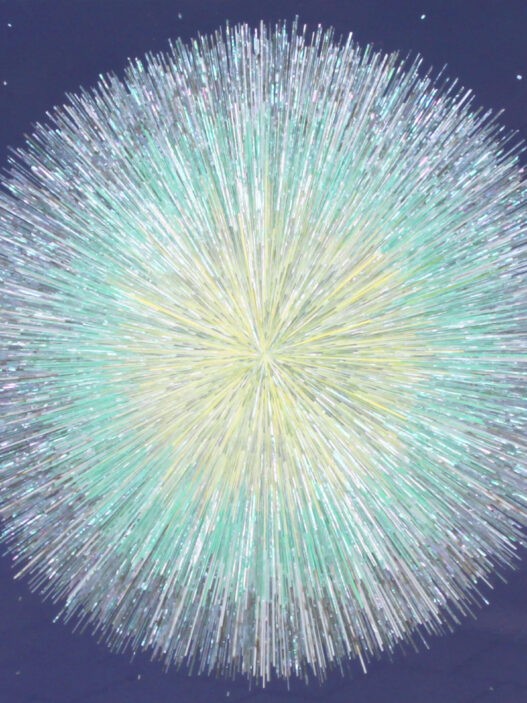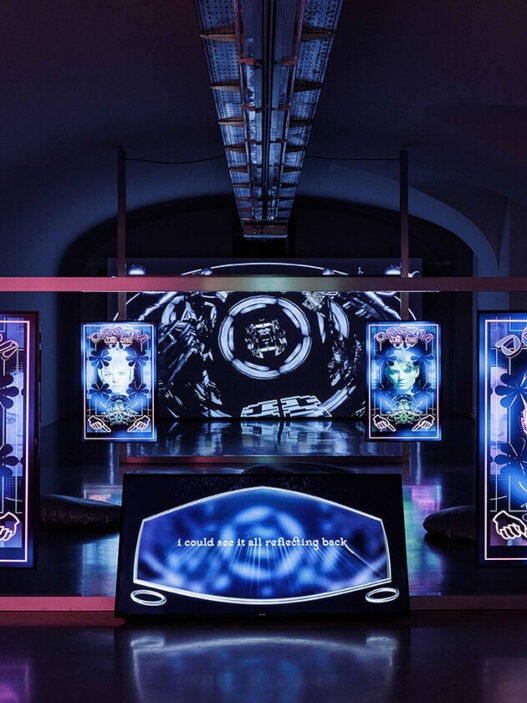May 28–October 16, 2022
Inhotim has a museum inside of its building that, for a two-year period, exhibits the Black Art Museum idea envisioned by Abdias Nascimento (1914-2011) in the early 1950s. The project is co-curated by Inhotim and IPEAFRO (Institute for Afro-Brazilian Research and Studies).
The interdisciplinary heritage of Nascimento, a poet, playwright, curator, visual artist, university professor, Pan-Africanist, and legislator with a long history of activism and the struggle against racism, served as inspiration for the project. The idea carried out at Inhotim is based on the aspects of four Orixás, persistent presences in the artist’s paintings as well as in the Museum’s history and advancements. It is presented in four acts (four temporary exhibitions, renewed every five months).
The Second Act of the project, titled Dramas para negros e prólogo para brancos (Dramas for Blacks and Prologue for Whites), spans the years 1941 to 1968—the year that Abdias Nascimento left for his exile in the United States—during which theater played a significant role in his artistic and political development as well as in the initial conception of the Black Art Museum collection.
The Teatro Experimental do Negro (TEN) (Black Experimental Theatre) program, from which the Black Art Museum sprang, is the subject of a presentation currently on display at the Galeria Mata. The primary goal of Abdias Nascimento’s TEN, which was founded in Rio de Janeiro in 1944, was for black people to dominate the performing arts.
The exhibition gives viewers access to historical documents about the Black Experimental Theatre, paintings by Nascimento, and works by IPEAFRO’s Black Art Museum collection artists like Anna Bella Geiger, Heitor dos Prazeres, Iara Rosa, José Heitor da Silva, Sebastio Januário, Octávio Arajo, and Yêdamaria.
Divided into eight chronological sections (1941—Trip to Latin America / 1943—Theater of the Sentenced / 1944—Black Experimental Theatre / 1950—1st Congress of the Brazilian Negro / 1955—Black Christ / 1968—MAN at the Museu da Imagem e do Som of Rio de Janeiro January / 1966—World Festival of Negro Arts, Dakar—Senegal / 1968—Exile), the Second Act presents an extensive documentary research and proposes a new regard to the Black Art Museum’s collection, now under the care of IPEAFRO. The focus lies on the importance of the collection as a device for the appreciation and recognition of ancestral African values in Brazilian society.
The Black Experimental Theatre remained active until 1968 and it was during one event, the 1st Congresso do Negro Brasileiro (1st Congress of Black Brazilians), held in Rio de Janeiro in 1950, that the project for the Black Art Museum took shape.
The Second Act of Black Art Museum is part of the program opened in May 2022 at Inhotim. In addition to this exhibition, the museum displays new exhibitions and projects with artworks by Isaac Julien, Arjan Martins, Laura Belém and Jaime Lauriano.
Find out more about the program here.
Rua B, 20
Brumadinho-Minas Gerais
35460-000
Brazil
Hours: Tuesday–Friday 9:30am–4:30pm,
Saturday–Sunday 9:30am–5:30pm
T +55 31 3194 7328
imprensa@inhotim.org.br









